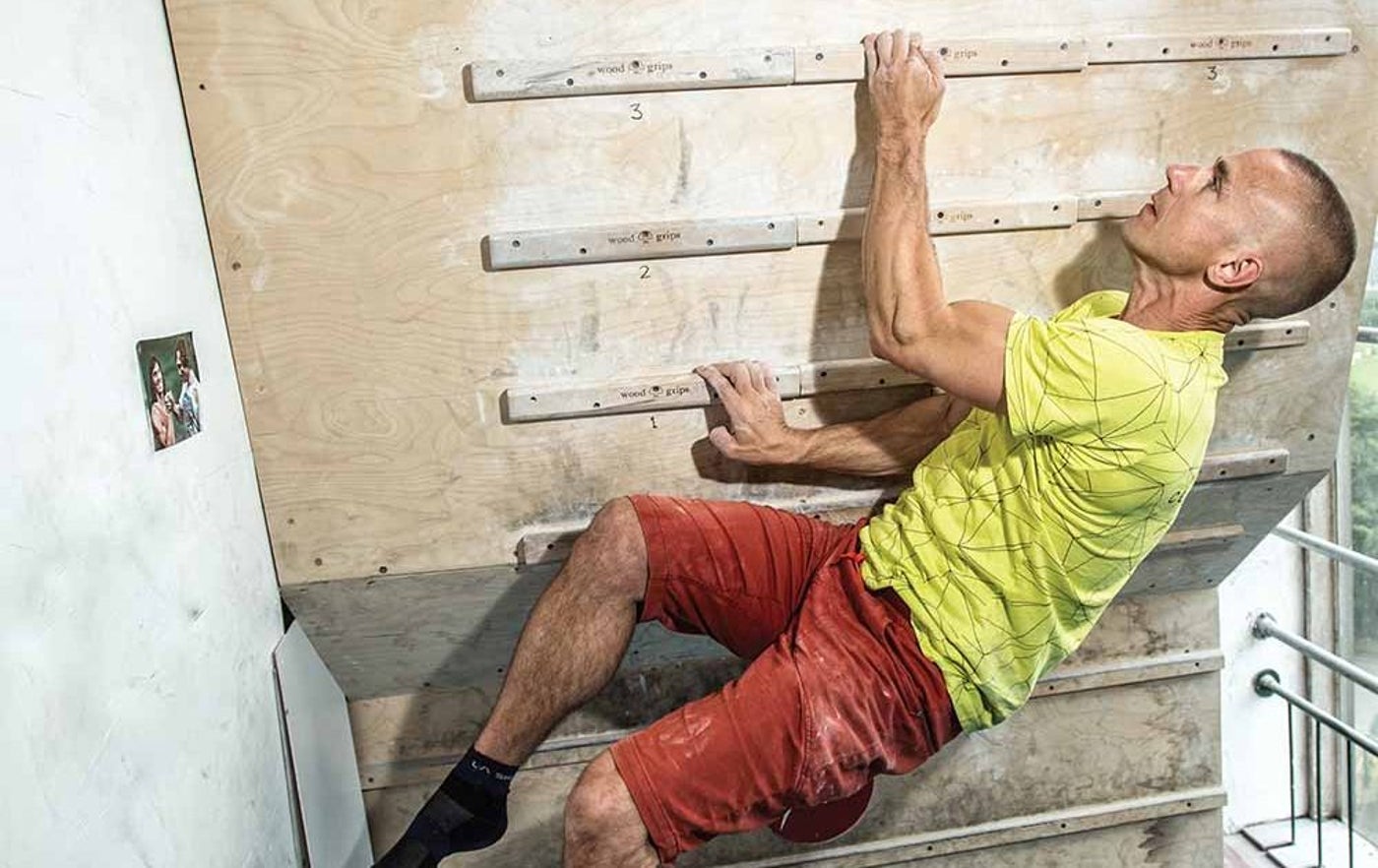Select Training Articles for Climbing Members: Get Fit After 40, Training Mistakes, Go From 5.9 to 5.10 and More

Welcome Climbing and Outside+ member. We’re stoked to have you on the team. As a perk for joining us you get unlimited access to climbing.com including our vast compendium of training articles, many of which you see here. Written by expert trainers, and climbers all, the articles will guide you step by step toward better climbing, and help you prevent injuries most common in our adventurous sport.
If you don’t have a membership, please join us today here and being benefiting from this trove of training articles.

Get Fit After Age 40 Even If You’ve Slacked Off
Comebacks get harder as we age—we don’t build muscle as easily nor recover as quickly. I discovered this in 2017 at age 48, upon returning to climbing after a three-year hiatus—and discovering that the 5.9s I used to warm up on were now at my limit. However, hardmen like Jim Donini and Bill Ramsey show there’s no reason you can’t climb your hardest when you’re older; it just takes more work.

Go from 5.9 to 5.10: Three Exercises for Climbing Harder
Probably 99 percent of climbers, whether they boulder or climb routes in a gym, are looking for progression through the climbing grades. In my experience, it’s often not about the grades, but that a grade represents improvement—the indicator that things have moved forward.
Here, I’m going to look at the key factors in your climbing (and, more important, training) that affect progress through the grades from 5.9 to 5.10.

Do This, Not That: Training Methods to Avoid
A popular definition of insanity is to repeat the same mistakes and expect different results. On the whole, training for climbing is evolving, and methods are increasingly safe and effective. However, as a coach I have recently been concerned to see certain primitive methods re-emerge.
When I started climbing in the mid 1980s, training methods were crude—barbaric, even. Injuries were accepted as par for the course, and most of the top climbers from the era at some point went under the surgeon’s knife. Today, an overwhelming body of evidence, both in research and anecdotal form, suggests that certain training methods need to be red flagged.

Mark and Mike Anderson’s Guide to Hangboard Training
Everyone could use greater finger strength—the most important strength for a rock climber. From our friends at Trainingbeta.com, Mark and Mike Anderson, authors of The Rock Climber’s Training Manual, go over the sport-specific tool of hangboarding (aka fingerboard) to help give you an edge on your climbing or help you break past a plateau.

Need Stronger Fingers? Do Hangboard Ladders
In climbing, when your fingers fail, the rest of your body falls. Focusing on this direct connection to the rock can benefit your climbing performance greatly, and luckily, finger strength is relatively easy to train. The key with this, like any training, is to do it correctly and in the right amount, as too much can be time-consuming, boring, and possibly harmful. In my 20+ years of training experience, I’ve found a simple way to maximize finger strength while staying far away from the zone where injury is possible. The idea is to strategically change the volume of work in any given session via “hangboard ladders,” where easy, medium, and hard sets are cycled through and weights are adjusted in a way that increases strength while completely avoiding risk.
Ways to Train Smarter in the Gym to Climb Harder Outside

10 Exercises for a Complete Climber Core
A strong core is crucial to progressing as a climber. Body tension, keeping your feet on, moving efficiently, toeing-in on overhangs—it all revolves around the core. Plus, a solid core helps prevent injury. You’ve probably heard a core-strength evangelist preach the benefits before, and you’ve probably been pointed toward endless crunches or even expensive programs like Pilates, TRX, or yoga. Get ready for a new approach: varied exercises that are specifically targeted to work multiple parts of your body at the same time—just like climbing does.